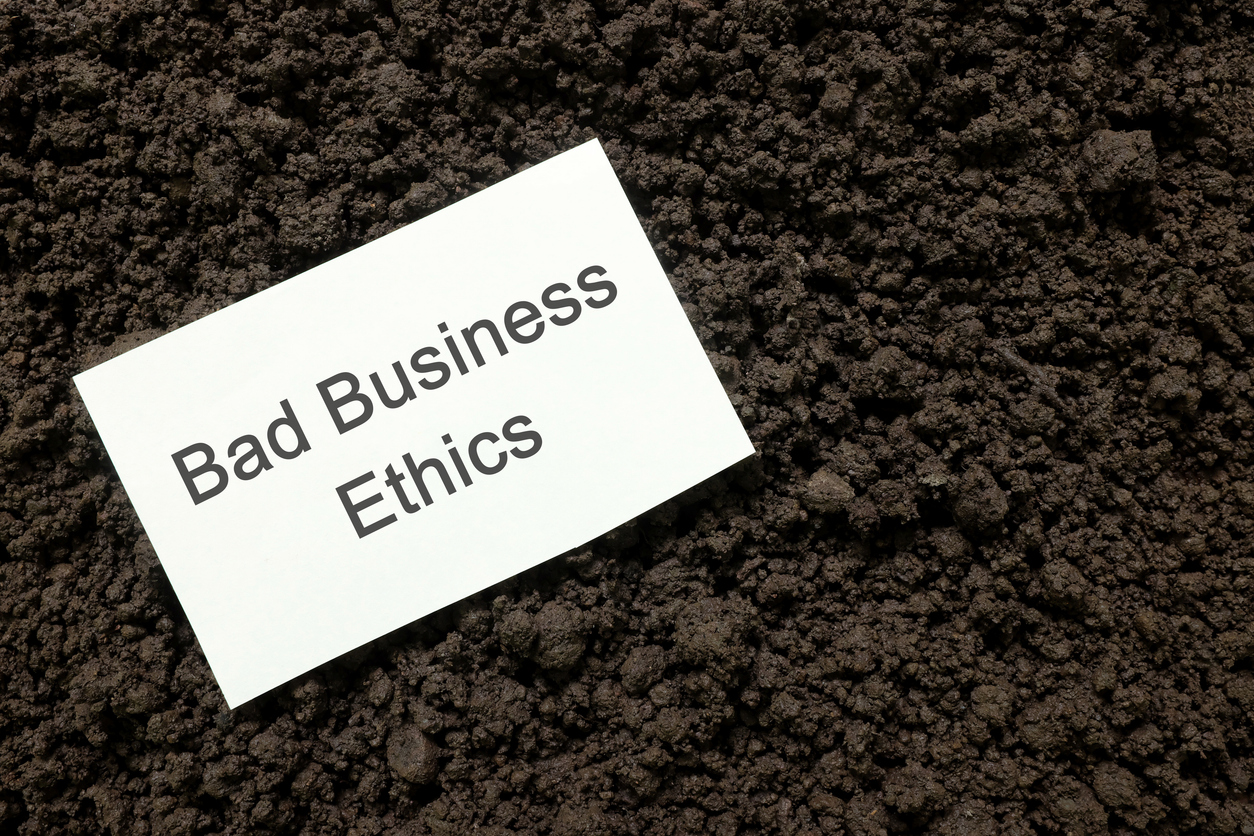Public adjuster George Quintero of Vanguard Public Adjusters sent me an article from Australia, ICA Reviews Use of Wear and Tear Exclusion. The article involved the denial of property insurance claims based on the “wear and tear” exclusion. The article stated, in part:
The Insurance Council of Australia (ICA) is reviewing findings from an inquiry that the Code Governance Committee (CGC) says indicate possible ‘systemic issues’ in insurer claims decisions when wear and tear is a factor.
…
The inquiry found that of a sample 42,956 denied home insurance claims examined, the majority (55%) relied on wear and tear/maintenance exclusions – a ‘concerning’ trend indicating there “may be underlying systemic issues in decision-making from insurers”.
The CGC was also ‘alarmed’ that when over 10,000 policyholders complained about the denials, half of the decisions were overturned in favour of the consumer.
‘The ICA recognises the important role the CGC plays in identifying and offering recommendations to the sector and is reviewing the report’s insights and findings in detail,’ the spokesperson said.
‘The Insurance Council notes the report identified issues around maintenance and wear and tear exclusions in some claim decisions. This report provides valuable learnings for consideration.’
The ICA also said it was ‘pleasing’ that the report gave some examples of good practice, including one of an insurer using common themes identified in complaints feedback to improve communication with customers on claims denials.’
…
Safe Hands Insurance Group MD Phillip Carr says he has faced many instances of maintenance claim denial.
‘The wear and tear exclusion is incredibly hard to refuse because everything is damaged through wear and tear. It’s deliberately vague because the more vague it is, it gives the insurers more wiggle room,’ Mr Carr said.
The article correctly notes that all property in use has ongoing damage from wear and tear. For those of you who have endured a seminar by me involving actual cash value, you have seen me take off my shoes to describe and see the “wear and tear” occurring to my shoes. How much “wear and tear” exists after those shoes have been refurbished by the best leather restorers in the United States, The Leather Spa? How much “wear and tear” has occurred to women’s shoes never used and sitting in their shoe box? Why should insurers completely escape payment for “damaged” property when the property had pre-existing “wear and tear” damage?
Policyholders, public adjusters, and restoration contractors running into this bad faith excuse for non-payment should purchase two books—Pay Up!: Preventing A Disaster With Your Own Insurance Company, and When Words Collide: Resolving Insurance Coverage and Claims Disputes. Payup! provides great advice about what to do with insurance companies who act in bad faith.
When Words Collide: Resolving Insurance Coverage and Claims Disputes provides the following discussion about the “wear and tear” exclusion:
Wear and Tear Exclusions
Just about all that needed to be said on this subject was discussed in the Definitions section of this chapter. The only thing I’ll add is an anecdotal caution that, of all the wear and tear claim denials that agents have brought to my attention, the majority were improperly denied. Now, admittedly, they were likely only brought to my attention because the agent was convinced of this, so I don’t want to imply that a majority of all wear and tear claims are improperly denied. Just be wary whether you’re the denier or the deny-ee (I may have just invented another new word). IF a wear and tear exclusion applies, it often applies ONLY to the property that is worn and torn, not ensuing damage. In many cases, wear and tear impacts valuation and not coverage. If a property has a condition or maintenance issue, that should be discovered and dealt with during the property inspection and underwriting phase, not after loss occurrence other than its possible impact on an ACV valuation.
For those wishing to refresh their knowledge on the issue of “wear and tear,” I would suggest you simply search the phrase in this blog’s search function and read numerous articles. One particular article, Why is the Carrier so Quick to Argue the Wear and Tear Exclusion? has an excellent discussion of this issue.
Thought For The Day
Between saying and doing, many a pair of shoes is worn out.
—Iris Murdoch




